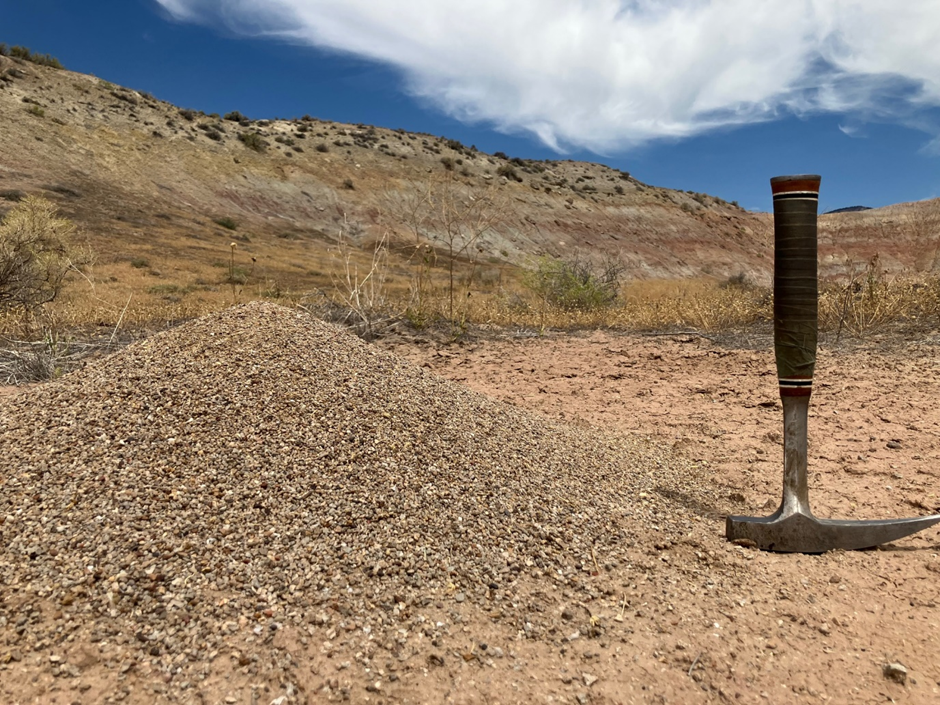How to Make Your Garden a Haven for Insects and Wildlife
- SciEnvy

- Jun 24
- 3 min read
Creating a wildlife-friendly garden is one of the most impactful ways to support biodiversity and reconnect with nature. Whether you have a large garden or a small balcony, there are countless ways to make your outdoor space a sanctuary for insects and other creatures. For this year’s Insect week, this guide will give you practical tips and ecological insights to help you transform your garden into a thriving ecosystem.
1. Grow Insect-Friendly Plants
A diverse garden attracts a diverse range of insects. Different species are drawn to different plants, so variety is key. Fragrant flowers are especially attractive to pollinators, as many insects rely on scent rather than sight to locate food.
Here is a list of Beneficial insects and the plants that are best to attract them:
Ladybirds: yarrow, carpet bugleweed (Ajuga reptans), alyssum, penstemon, fennel, cinquefoil, chives, dill, marigolds, yarrow and tansy
Hoverflies: yarrow, alyssum, dill, cosmos, mallow, poached egg plant, lemon balm, potentilla, marigold
Parasitic wasps: yarrow, dill, mallow, cosmos, lobelia, alyssum, cinquefoil, marigold
Butterflies: buddleia, marjoram, lavendar, perennial wallflower
Moths: jasmine, evening primrose, honeysuckle, sweet rocket and night scented stock
Lacewings: yarrow, dill, angelica, coriander, cosmos, fennel and dandelion
Solitary bees: lavender, fuschia, heather, viburnum, marjoram, cat mint

2. Embrace Wildflowers and Weeds
Wildflowers are easy to grow as they require very little attention or maintenance and provide nectar and pollen from spring through autumn. Try planting oxeye daisies, bird’s-foot trefoil, and corn marigold. Even so-called “weeds” like dandelions, clover, and knapweed are vital food sources for pollinators. Nettles, for instance, are essential for the peacock butterfly to lay its eggs.
3. Let Your Garden Grow Wild
A perfectly manicured garden might look neat, but it often lacks the shelter and food sources that insects need. Embrace a more relaxed approach: leave dead wood, spent plants, and leaf piles in place. These “messy” areas provide essential habitat for a wide range of invertebrates and help maintain a balanced ecosystem.
4. Build a Pond

A pond is arguably the most important feature you can add. It supports dragonflies, damselflies, pond skaters, water beetles, and countless aquatic larvae. Ensure your pond has shallow sloping sides and a minimum depth of 60 cm. Avoid adding fish, as they eat insect larvae and other small creatures.
Even a small water feature—like a repurposed pot or dustbin lid—can support life. Include oxygenating plants and emergent stems to help insects like dragonflies complete their life cycle.
5. Nurture Your Hedges
Hedgerows are vital wildlife corridors, offering shelter, food, and nesting sites. Plant species like hawthorn, blackthorn, field maple, hazel, and honeysuckle. These support a wide range of insects and birds. For example, the brown hairstreak butterfly relies on blackthorn for its caterpillars.
Diversity in landscaping materials can also benefit insects. Use rammed earth, hoggin paths, log piles, bare sand, and gabion walls to create microhabitats. Dry-stone walls and woven willow fences offer crevices for insects to shelter.
6. Compost Your Waste
Composting reduces household waste and enriches your soil. It also creates a habitat for decomposers like worms, beetles, and slugs, which in turn attract birds and amphibians. A simple wooden box or pallet bin is all you need to get started.
7. Avoid Chemicals
Chemical pesticides and insecticides are often indiscriminate, harming beneficial insects along with pests. Even if they don’t kill directly, they can contaminate prey and poison predators like birds and hedgehogs. Instead, encourage natural predators like ladybirds, hoverflies, and parasitic wasps to keep pests in check.

8. Let the Grass Grow
Mowing less frequently allows grasses and wildflowers to bloom, providing nectar and pollen for pollinators. This is especially important in May and June, when many insects are emerging and need food sources. Even a small patch of longer grass can make a big difference.
9. Reduce Artificial Lighting
Artificial lights can disrupt the natural behaviour of nocturnal insects like moths. Use low-energy LED lights, direct them downward, and switch them off when not needed. This helps maintain natural rhythms and supports nighttime pollinators.
10. Tolerance
Not every insect is a pest. Accepting a few chewed leaves or nibbled fruit is a small price to pay for a vibrant, living garden. You might even plant sacrificial plants to feed insects and keep them away from your prized blooms.

11. Observe and Learn
The more you know about your garden’s inhabitants, the more rewarding your gardening experience will be. Learn to identify bees, hoverflies, butterflies, and other insects. This not only deepens your appreciation for the ecosystems around you but also helps you make informed decisions about how to support them.
Altogether, creating a wildlife-friendly garden isn’t about perfection—it’s about balance and diversity. By making space for insects and other creatures, you’re contributing to biodiverse ecosystems, a healthier planet and a deeper joy in gardening.

If you'd like to learn more:
Image references:



Comments